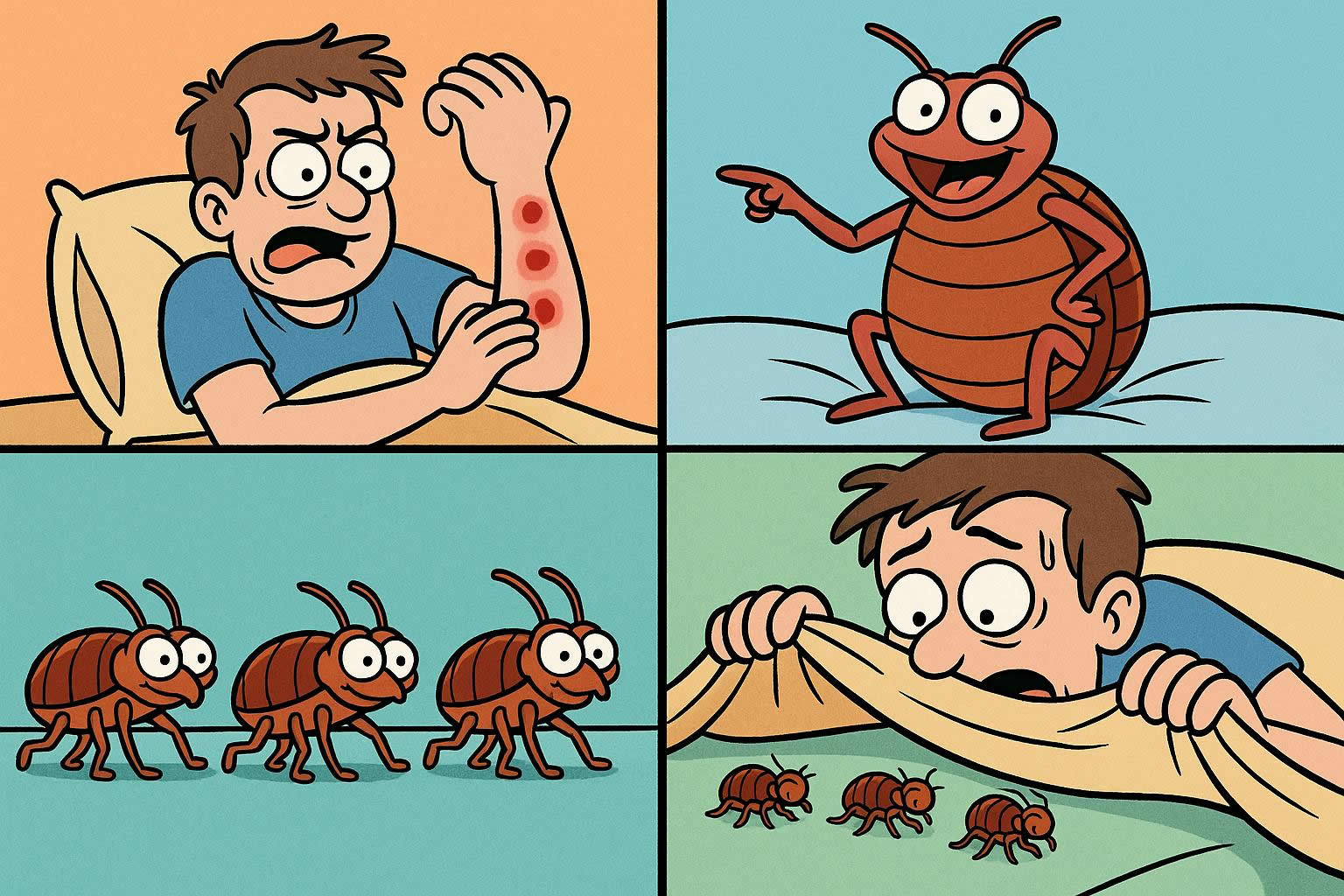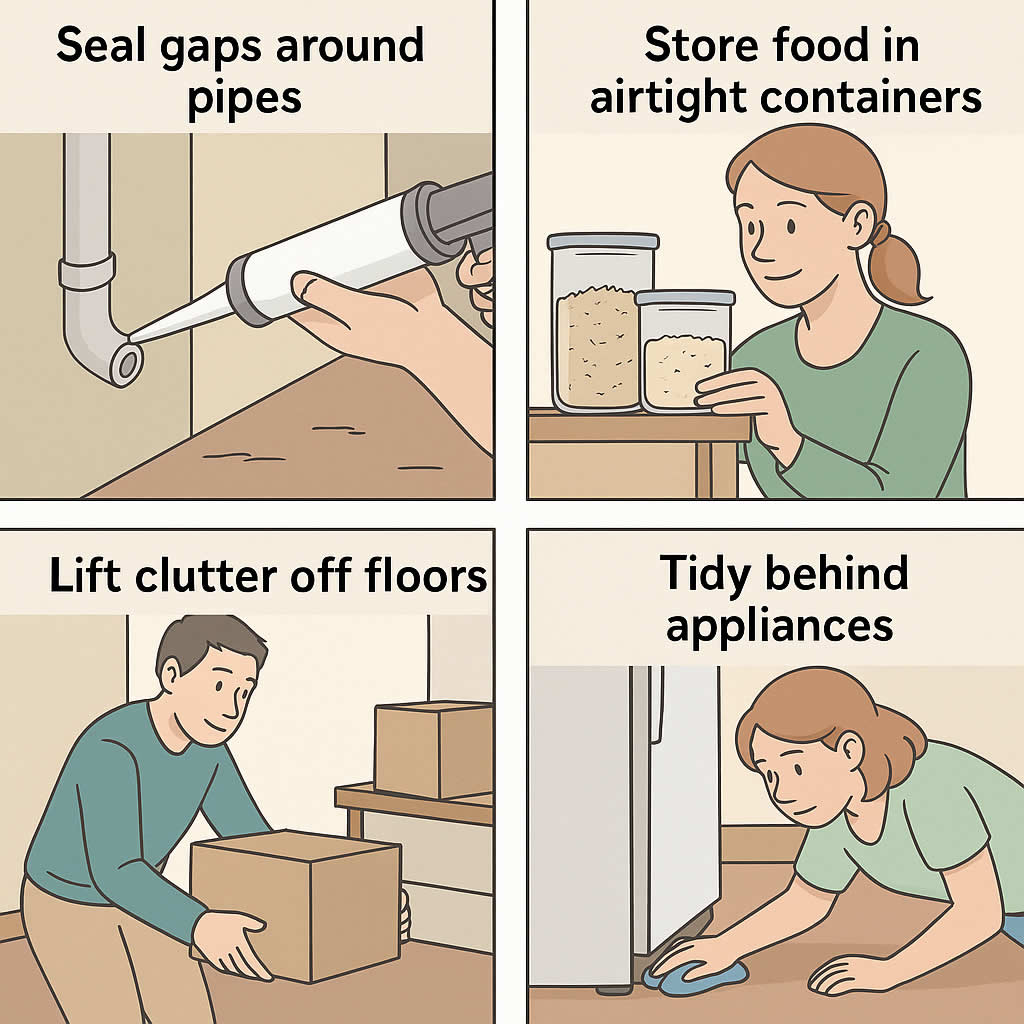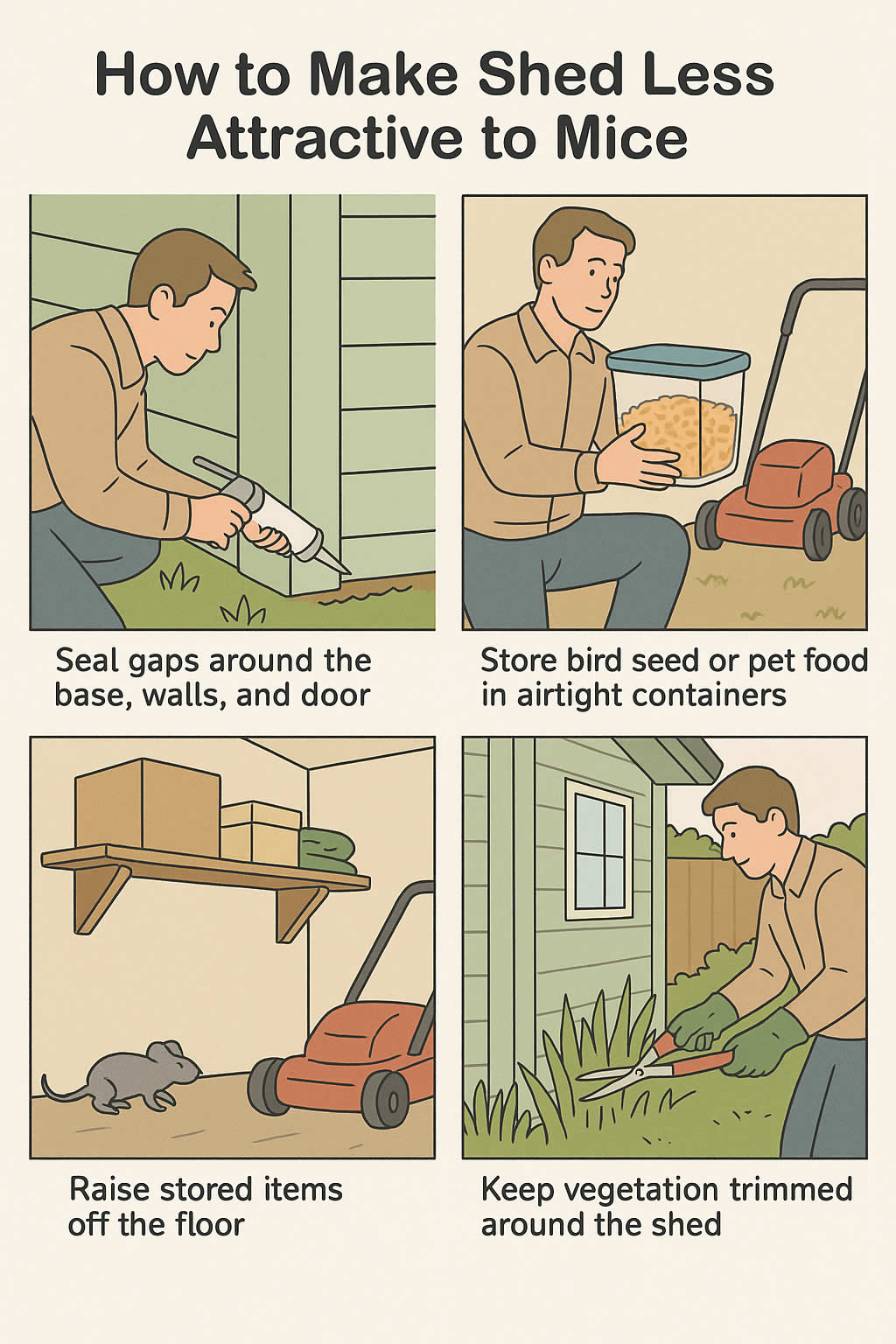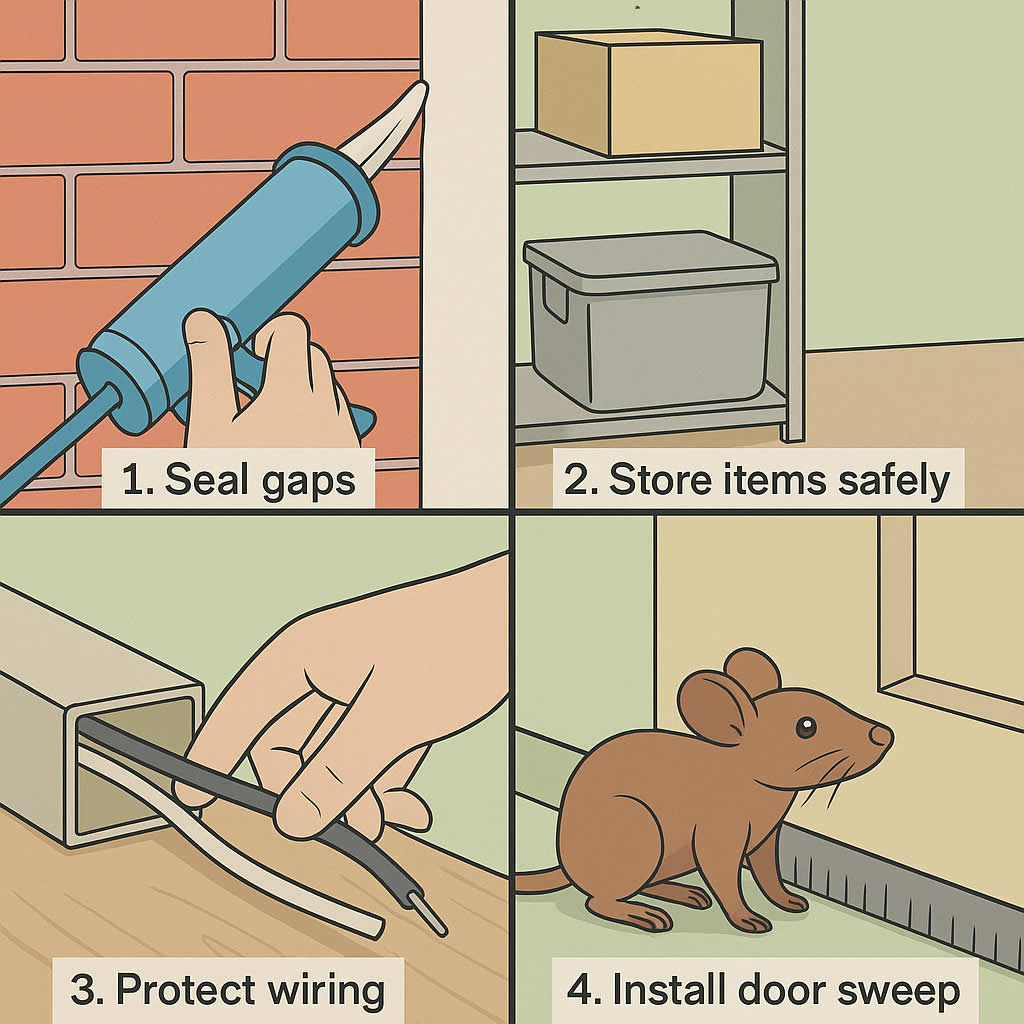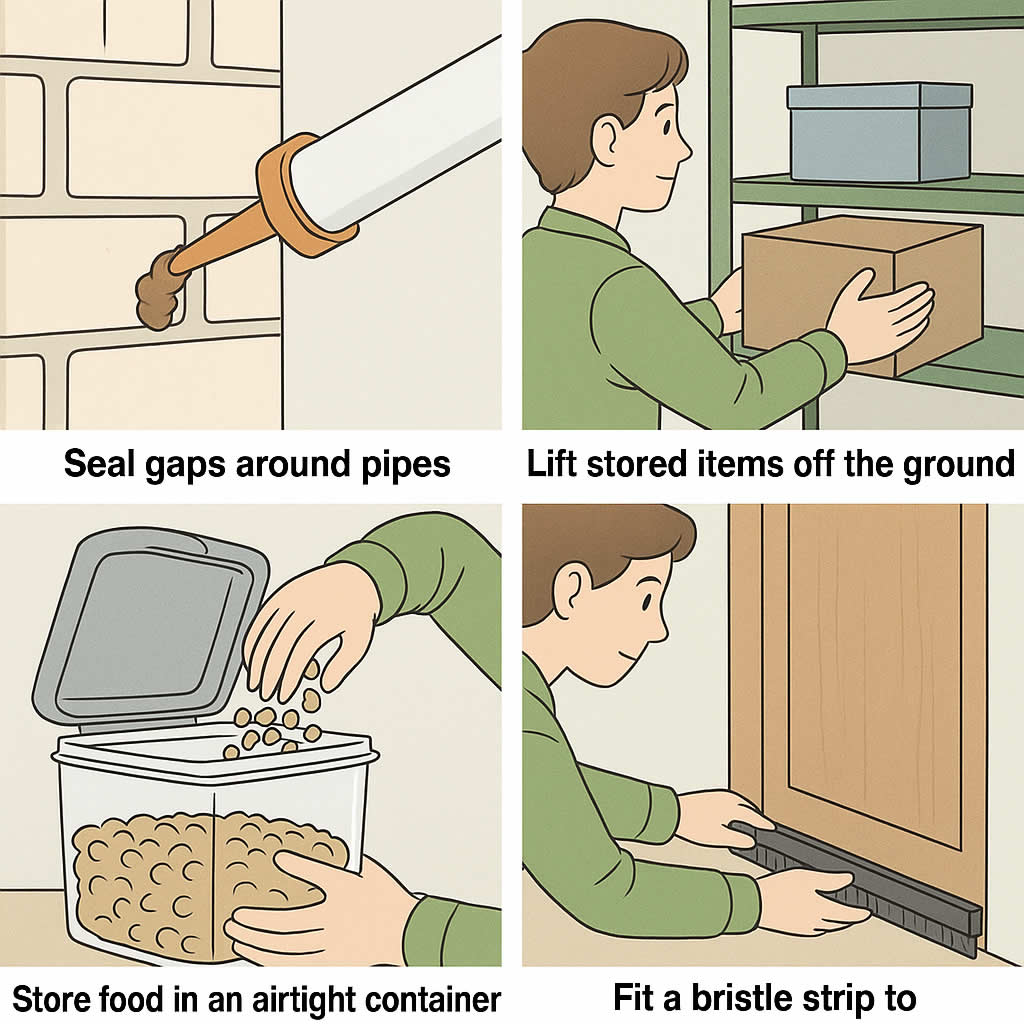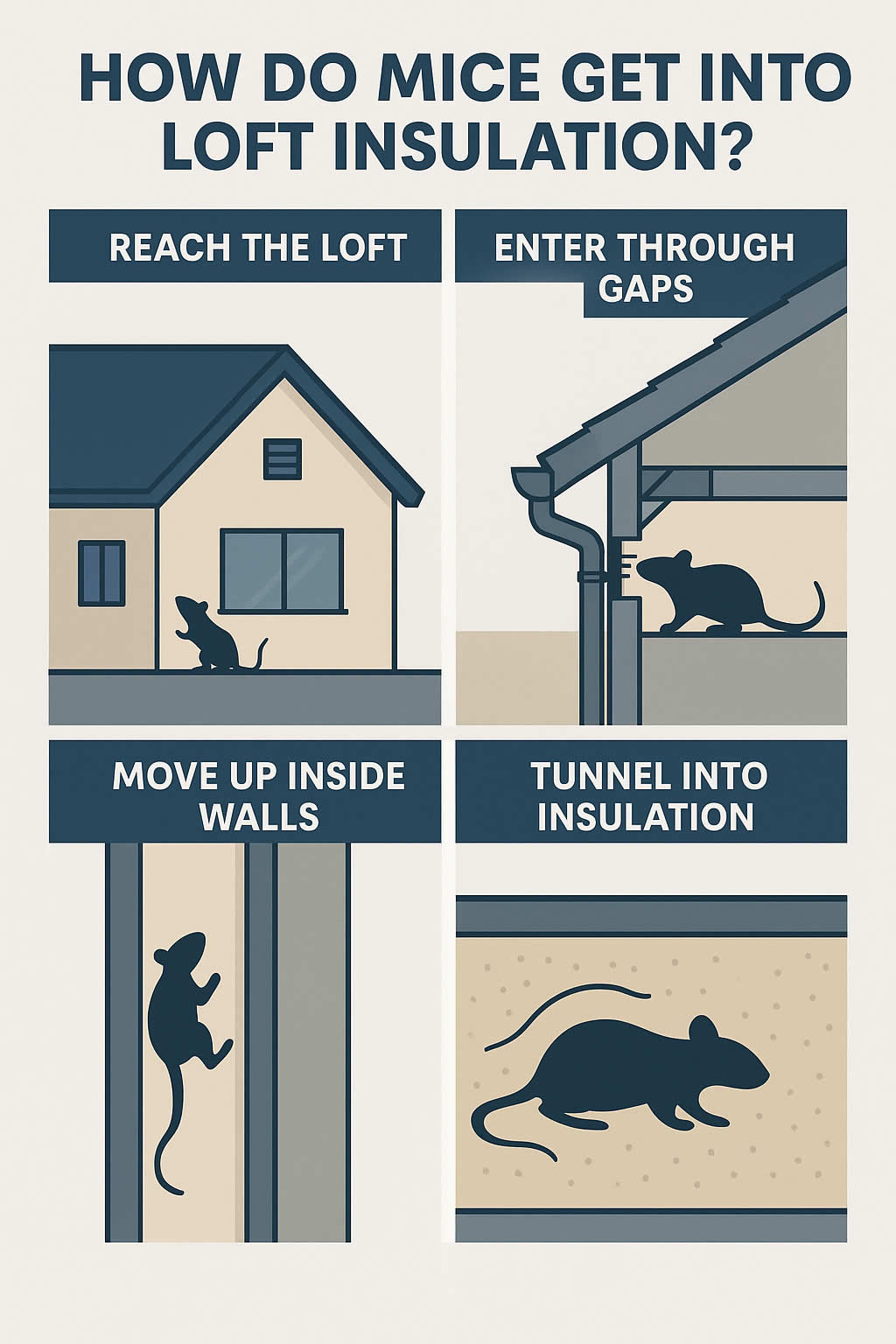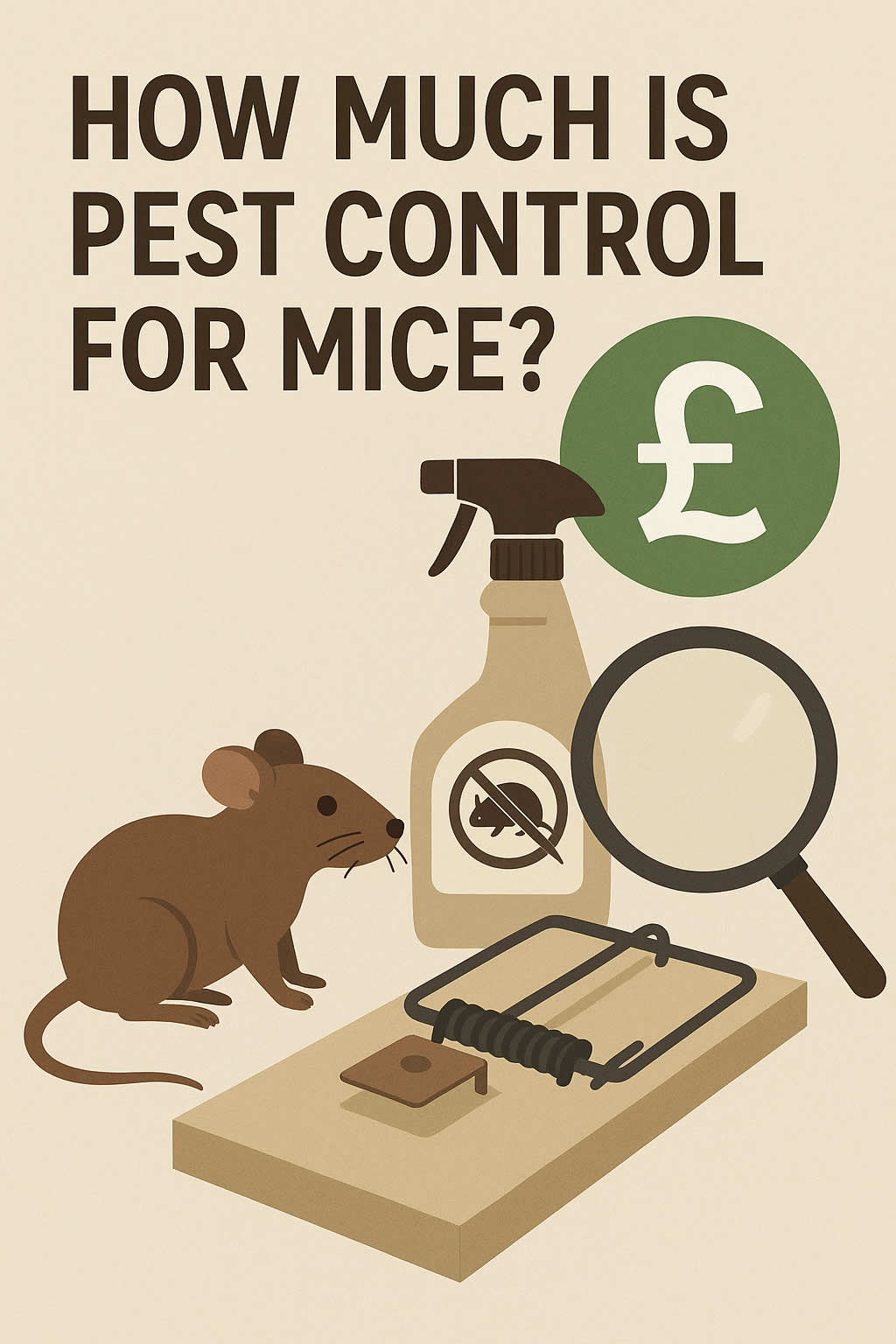Related Queries
ToggleYou wake up scratching your arm and spot three red bumps, all in a neat little row. You brush it off at first—maybe a mosquito? But then it happens again. And again. The pattern looks too regular to be random. If you’re seeing this, especially first thing in the morning, there’s a good chance something’s sharing your bed—and it might be bed bugs.
Let’s break it down together. We’ll go through why this happens, what to look for, and how to handle it before things get out of hand.
3 Bites in a Row – What Does It Mean?
If you’re seeing “three bites in a row,” you’re not alone. It’s one of the most searched signs when people start to suspect bed bugs. These little pests have a habit of biting in patterns—often in groups of two or three—and it can be unsettling if you’re not sure what’s causing it.
This blog will help you understand:
- Why bed bug bites appear in rows
- What those bites look and feel like
- How bed bugs behave at night
- What else could be causing your bites
- What to do if you suspect an infestation
- How to treat the bed bug bites and prevent more
Let’s start with the basics.
What Do Bed Bug Bites Actually Look Like?
Bed bug bites usually look like small, red, raised welts. They’re very itchy, and they tend to appear in places where your skin is exposed while you sleep—like your arms, legs, shoulders, neck, or back. You might notice them after a night’s sleep or later in the day as the skin reacts more.
What makes them different from other bites is often the pattern. Bed bugs tend to bite in a straight line or cluster. It’s not unusual to see three or more bites in a row, which is why people often refer to it as the “breakfast, lunch, and dinner” pattern.
Of course, not everyone reacts the same. Some people barely notice them at all, while others get large, inflamed areas or even blisters.
Why Do Bed Bugs Bite in Patterns?
You might be wondering—why three bites? Why not one?
Bed bugs are quite methodical in how they feed. Here’s what might be going on:
- They move around while feeding. If a bed bug gets interrupted or can’t find a good spot straight away, it may try again a short distance away.
- They probe for blood vessels. Bed bugs often bite more than once in the same area to find the right spot.
- They’re feeding efficiently. Some believe that biting in a small line or cluster helps them feed faster and retreat to safety quicker.
So even one bed bug could leave you with several bites in close succession. If you’ve got a few bugs feeding at once, you could end up with lots of marks, all following a similar pattern.
Could It Be Something Else?
Yes—there are a few other insects that could leave bite marks on your skin. Fleas, mosquitoes, and even mites can all cause red, itchy bumps. But bed bugs have some unique habits that set them apart.
Here’s how to tell if bed bugs are more likely:
- The bites appear overnight, and often in the morning
- They’re in lines or small clusters
- They’re mostly on exposed skin
- You’re getting new bites regularly, even if you’ve cleaned your bedding
- You feel itchy through the day, and scratching makes it worse
Mosquitoes tend to bite randomly, and their bites don’t often follow a pattern. Flea bites are usually on the ankles or lower legs, especially if you have pets. Bed bugs, on the other hand, feed slowly and carefully during the night—and they like to stay close to their host.
Where Bed Bugs Like to Hide
One of the reasons bed bugs are so frustrating is because they’re incredibly good at hiding. They don’t nest out in the open. Instead, they squeeze into tiny gaps and crevices during the day and only come out when it’s dark and quiet.
Common hiding spots include:
- Mattress seams and stitching
- Behind your headboard
- Inside bed frames and slats
- Underneath skirting boards
- Behind wall sockets, picture frames, and light switches
- Inside cracks in furniture or flooring
They don’t fly, and they don’t jump. They crawl. So they tend to stay within a short distance of where you sleep or rest.
What to Do If You Think You Have Bed Bugs
If you’re starting to suspect that bed bugs are the cause, try not to panic. The good news is that they don’t carry diseases, but they do need to be dealt with quickly to prevent things from spreading.
Here’s how to start:
- Inspect your bed. Look closely along the seams of your mattress, especially near the corners. Check under any tags, handles, or buttons.
- Look for black spots. These could be bed bug faeces (poop), which look like black marker dots.
- Check for shed skins. Bed bugs go through multiple life stages and often leave their skins behind as they grow.
- Vacuum thoroughly. Focus on the area around your bed—carpets, edges, gaps, and the bed frame.
- Wash your bedding. Use a hot wash (at least 60°C) and tumble dry on high heat if possible.
- Bag up soft items. Seal clothes, blankets, and soft furnishings in bags until you can wash them.
If you find any signs of live bugs or evidence of an infestation, it’s best to speak to a professional pest control company. Bed bugs are very hard to eliminate with DIY treatments alone.
Treating Bed Bug Bites
The bites themselves can be very itchy and uncomfortable, but there are a few simple ways to ease the irritation:
- Wash the area gently with soap and water
- Apply an anti-itch cream or antihistamine
- Use a cold compress to bring down swelling
- Try not to scratch, even if it itches—scratching can lead to infection
- Keep an eye on the bites—if they become red, swollen, or painful, speak to a GP
In most cases, bed bug bites clear up on their own within a week or two. The main challenge is stopping them from happening again.
How to Prevent Bed Bugs in the Future
If you’ve had them once, you’ll definitely want to make sure they don’t come back. Here are a few tips that can help:
- Be careful with second-hand items. Inspect furniture, beds, and soft furnishings before bringing them into your home.
- Check your hotel room when travelling. Pull back the sheets and check the mattress seams before unpacking.
- Keep your luggage off the floor. Use racks or hard surfaces when staying away from home.
- Use mattress encasements. These zip around your mattress and make it harder for bugs to hide or escape.
- Seal up cracks and crevices. Use filler or sealant to close off hiding spots near your bed or sofa.
Bed bugs don’t reflect poor hygiene—they can hitch a ride from anywhere. But if you stay alert to the signs and act quickly, you can keep your home bug-free and your sleep uninterrupted.
Final Thoughts
If you keep waking up with three bites in a row, especially on exposed areas of skin, it’s worth looking a little closer. Bed bugs might not be the only cause—but they’re one of the most likely.
The earlier you catch the signs, the easier they are to deal with. Don’t wait until it’s a full-blown infestation. Check your space, treat the bites properly, and don’t hesitate to get help if you need it.
Sleep is important. Peace of mind is even better.

